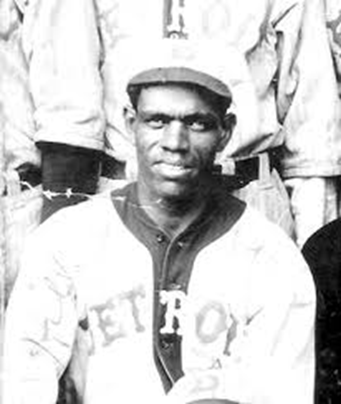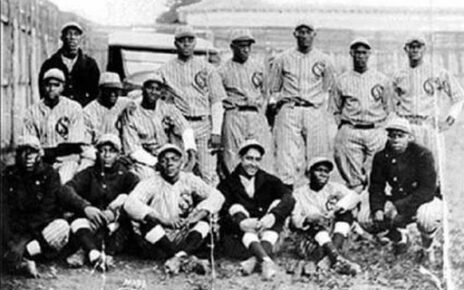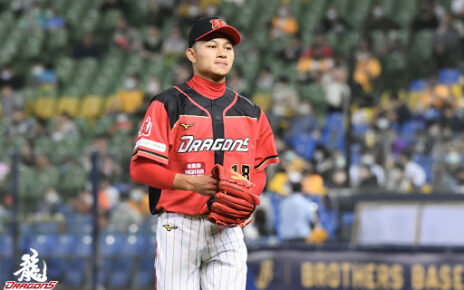In 1952 the Pittsburgh Courier ran a poll of the best outfielders in the history of the Negro Leagues. The top three were Oscar Charleston, Monte Irvin, and Cristóbal Torriente. Coming in at fourth on the list was Pete Hill. Ask non-historians to tell you a little about Pete Hill these days and I’m guessing you’d get mainly blank stares, a mention of the drag racer of the same name, and maybe someone with a cousin named Pete. It’s sad that one of the greatest baseball players to ever live has become a player that is almost unknown.
Hill is recognized as being one of the first great Negro League ballplayers. There’s probably some luck involved in this distinction. He played for three titans of early Negro League baseball: the Philadelphia Giants, Chicago Leland Giants, and Chicago American Giants. By virtue of playing for those teams, Hill accrued more chances for notoriety than other ballplayers did. Still, you can’t fault Hill for being in the right place at the time time. Plus, the fact remains that simply being on those teams wasn’t enough, Hill needed to perform and perform is exactly what he did throughout his career.
The season that shows the future National Baseball Hall of Fame inductee at his very best has to be 1906. That year he played for both the Chicago American Giants on the independent circuit and Royal Poinciana Hotel in the Florida Hotel League. His total between both teams was an sWAR of 5.0. He got to that number by virtue of his stellar hitting. For the Giants he slashed .313/.398/.448 with 27 walks and only 6 strikeouts in 238 plate appearances. With Poinciana he posted a slash line of .239/.327/.457 over 53 plate appearances. Hill also put up a wOBA of .398 and .389 respectively, with an ISO of .134 for the Giants and .217 for Poinciana. His OPS+ totals of 166 for the Giants and 201 for Poinciana are impressive, but perhaps, even more, impressive were his 10 successful steals with only 1 time caught stealing for a SB% of 90.
Playing in the very early days of the Negro Leagues as Hill did meant that he both garnered less acclaim than the players to come in the late 1920s-1940s would and that he played less than those players did. For his career he has a total sWAR of 47.6. That’s a decent number, but you may be thinking, that’s not that great for a corner outfielder? You’d be correct if Hill were playing a normal 162 game schedule. He never did play that much, his high is somewhere in the 70s. However, if we take Hill’s numbers and extrapolate them over a 162 game season he averaged a slash line of .324/.408/.460, 77 walks to only 44 strikeouts, 43 stolen bases, an OPS+ of 172 and an sWAR of 7.8. If we figure that Hill would have played about 15 seasons of 7.8 sWAR that would put his career total at 117. That would place him 17th all-time, according to rWAR, of all players, regardless of position, for the major leagues they track.
Hill has become a relatively unknown player, but it shouldn’t be that way. He’s one of the best to ever play the game, and he deserves to be remembered as much, if not more than contemporaries like Ty Cobb, Tris Speaker, and Honus Wagner. Hill should be thought of in the same breath as Negro League greats like Josh Gibson, Satchel Paige, Bullet Rogan, and others. We know that Hill isn’t remembered like those players or considered to be just as great as them. That’s unfortunate because Hill certainly was every bit as great and memorable as any of those players.
Lead photo courtesy of Unknown – Unknown




